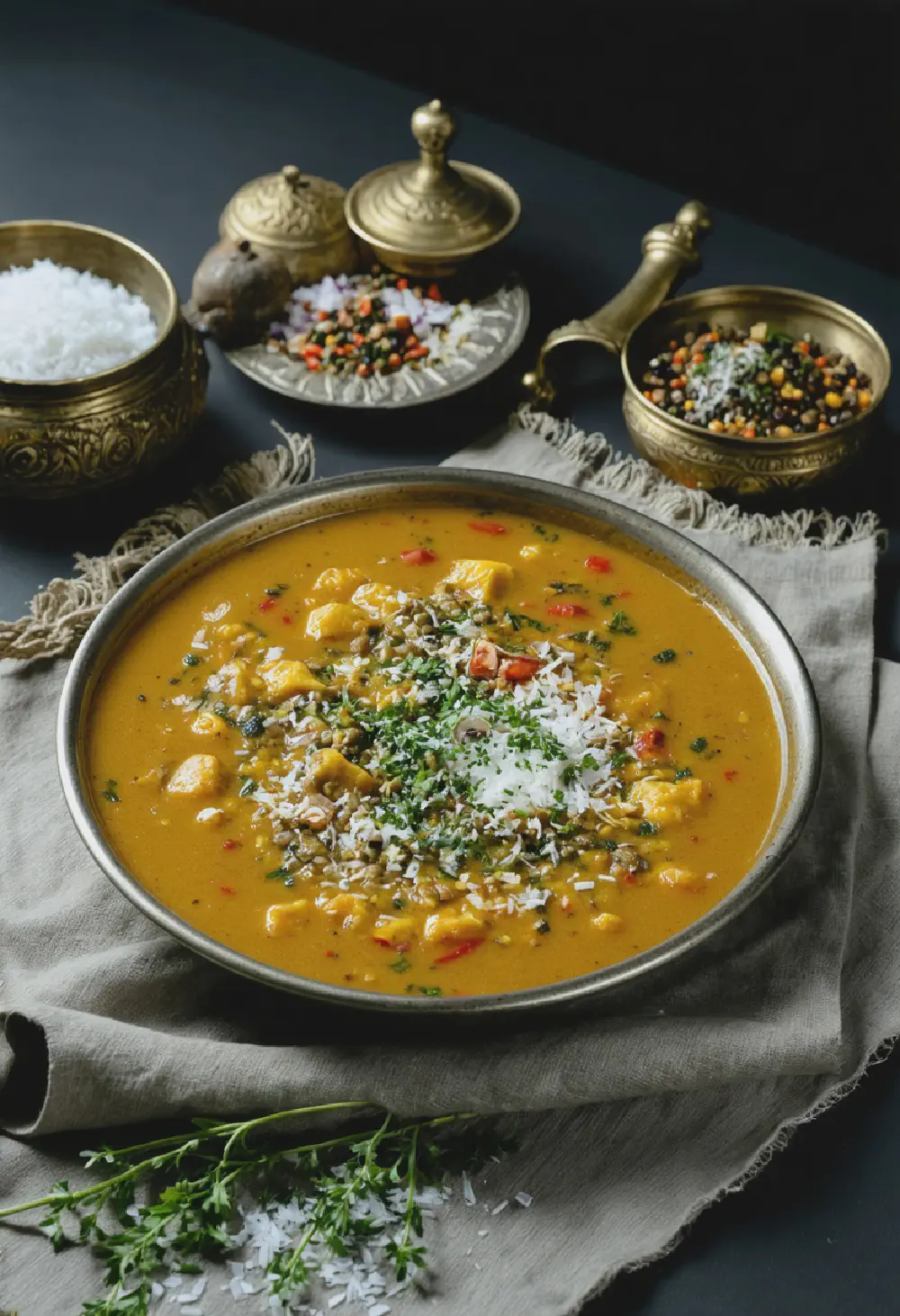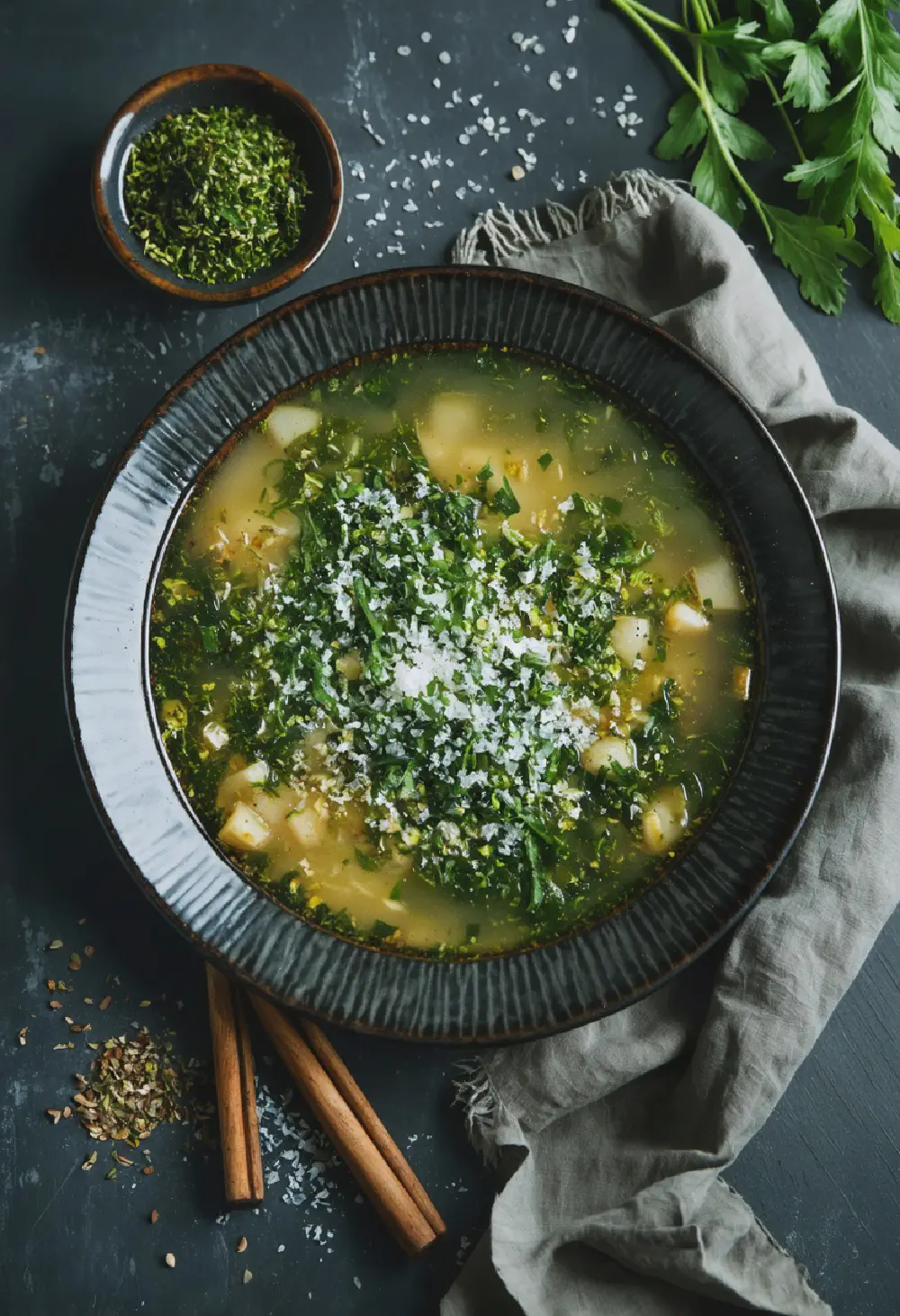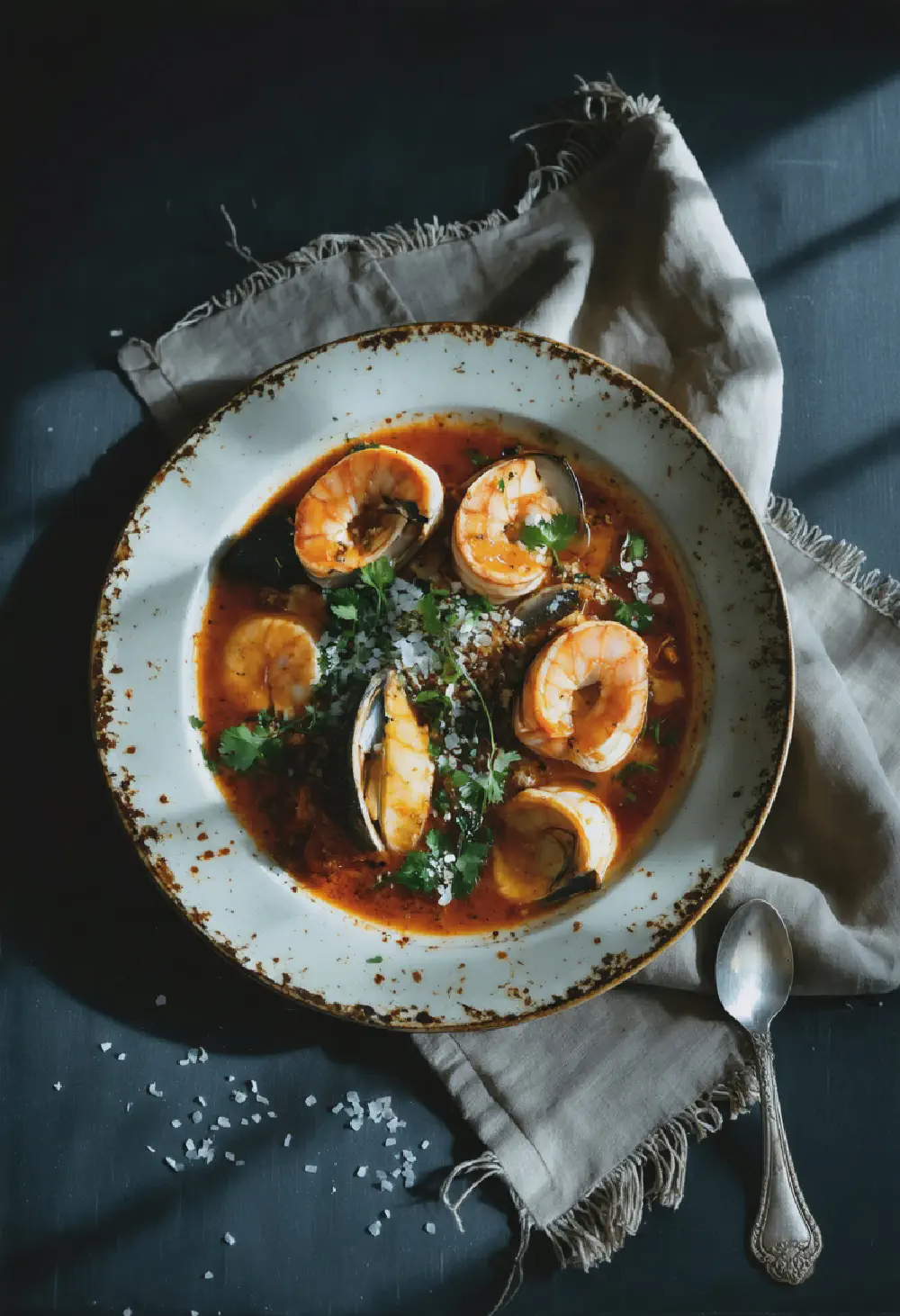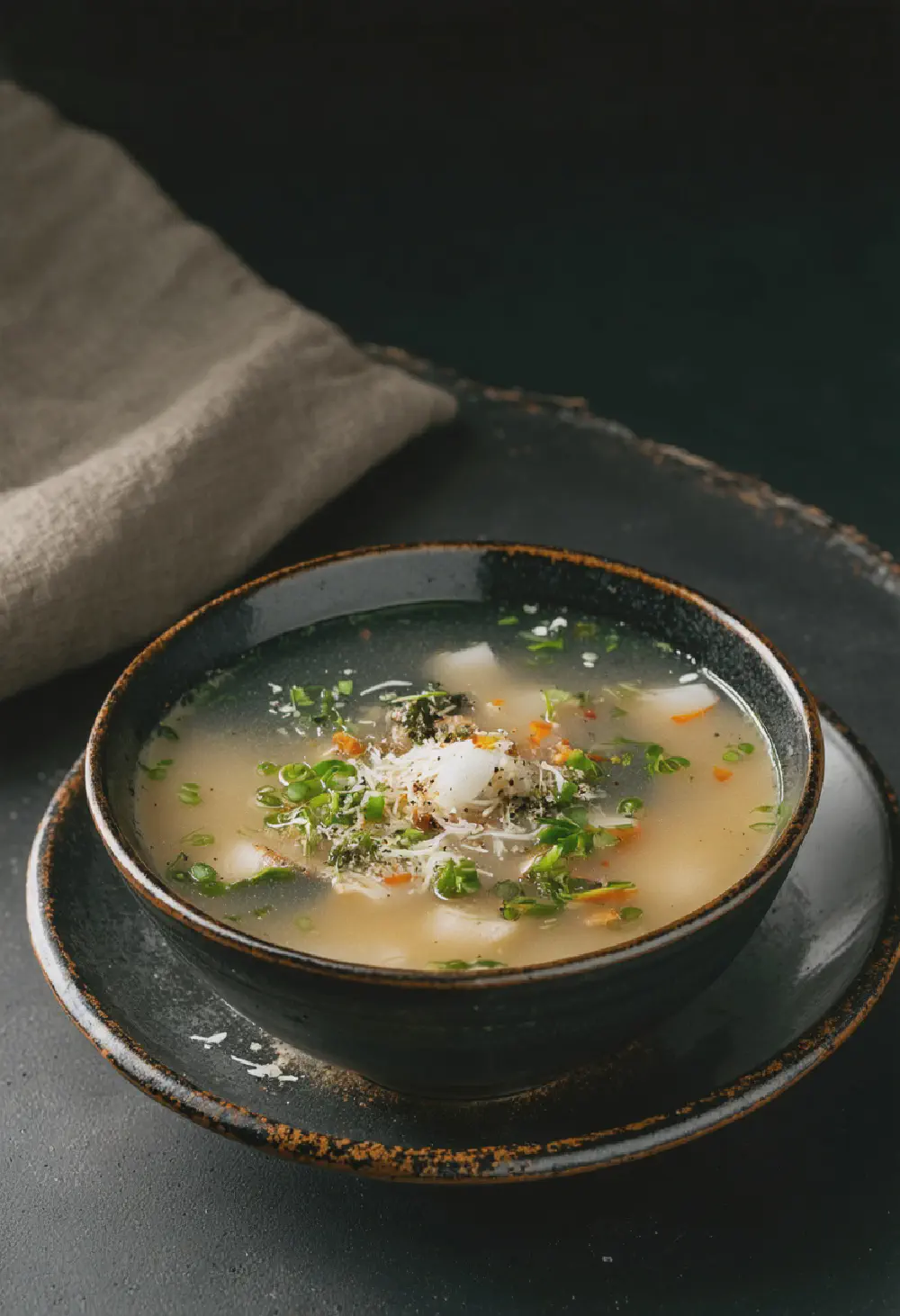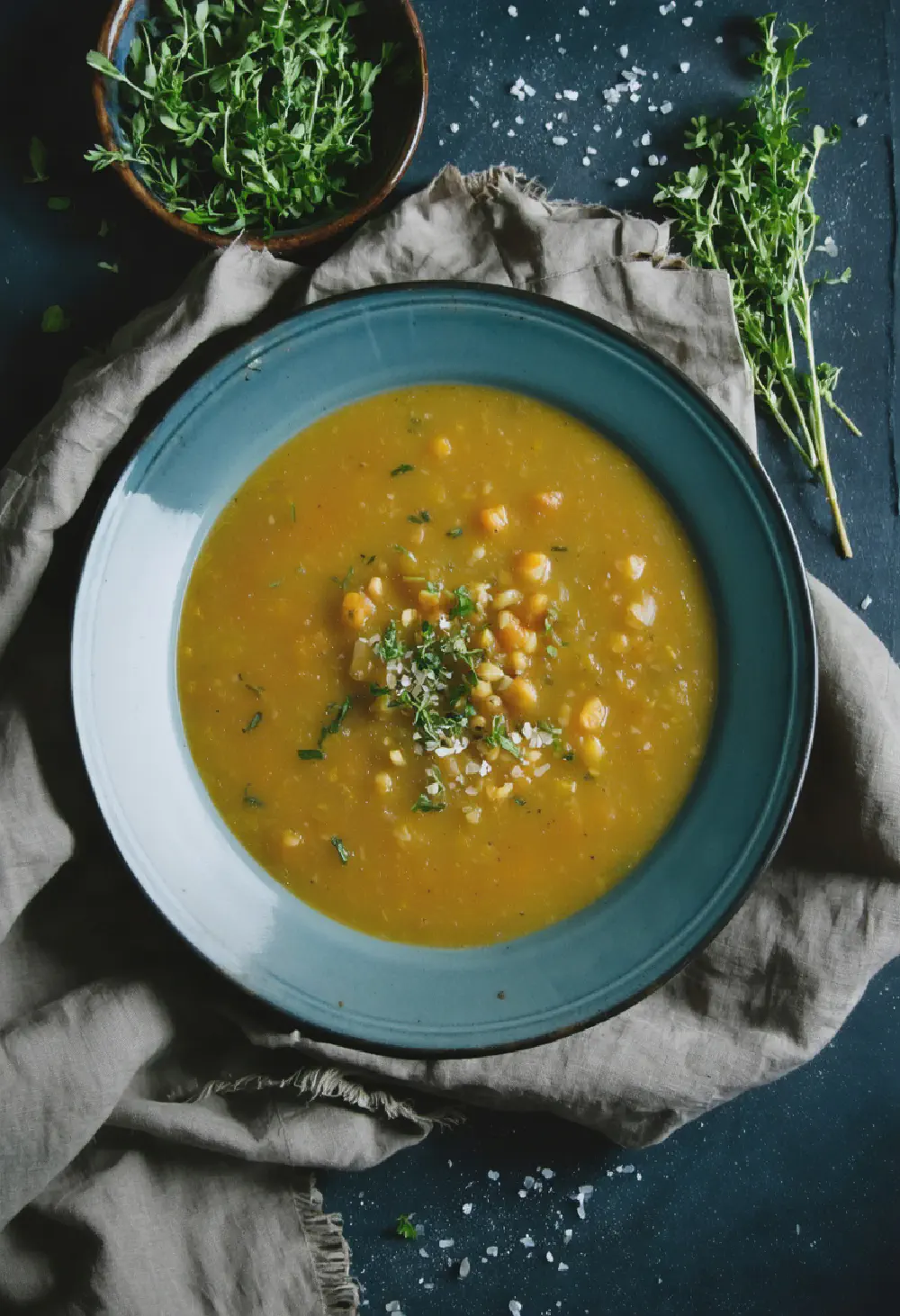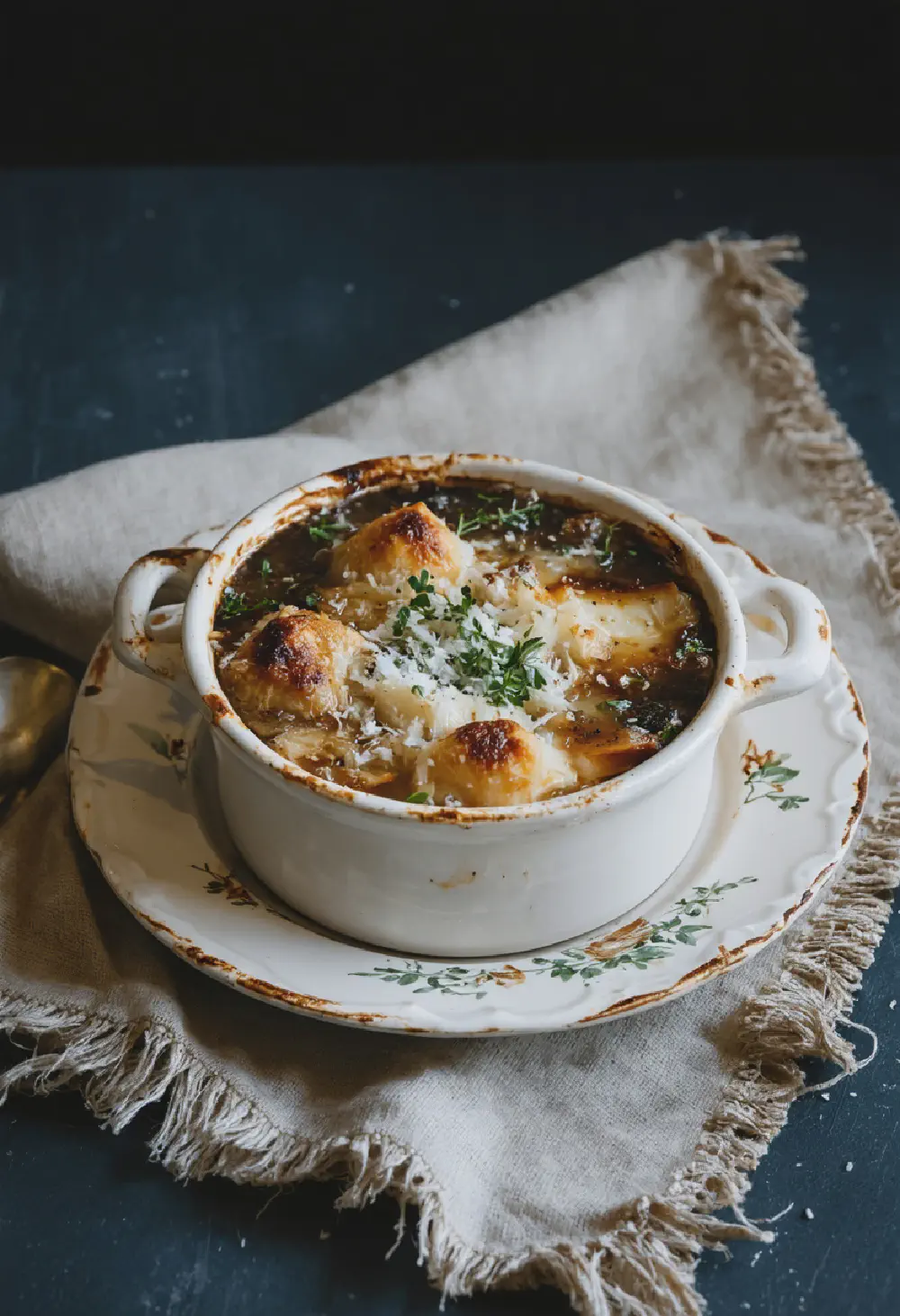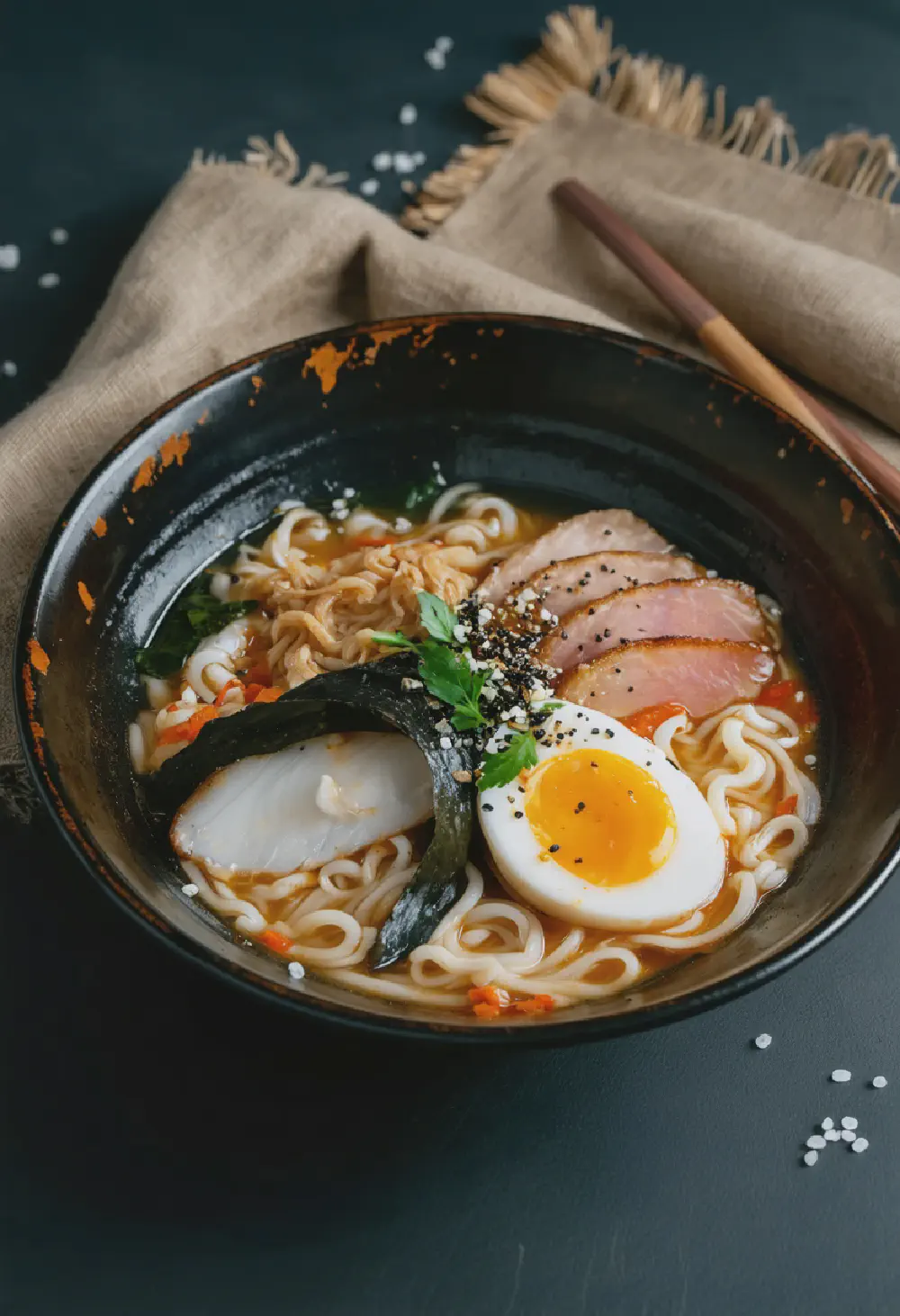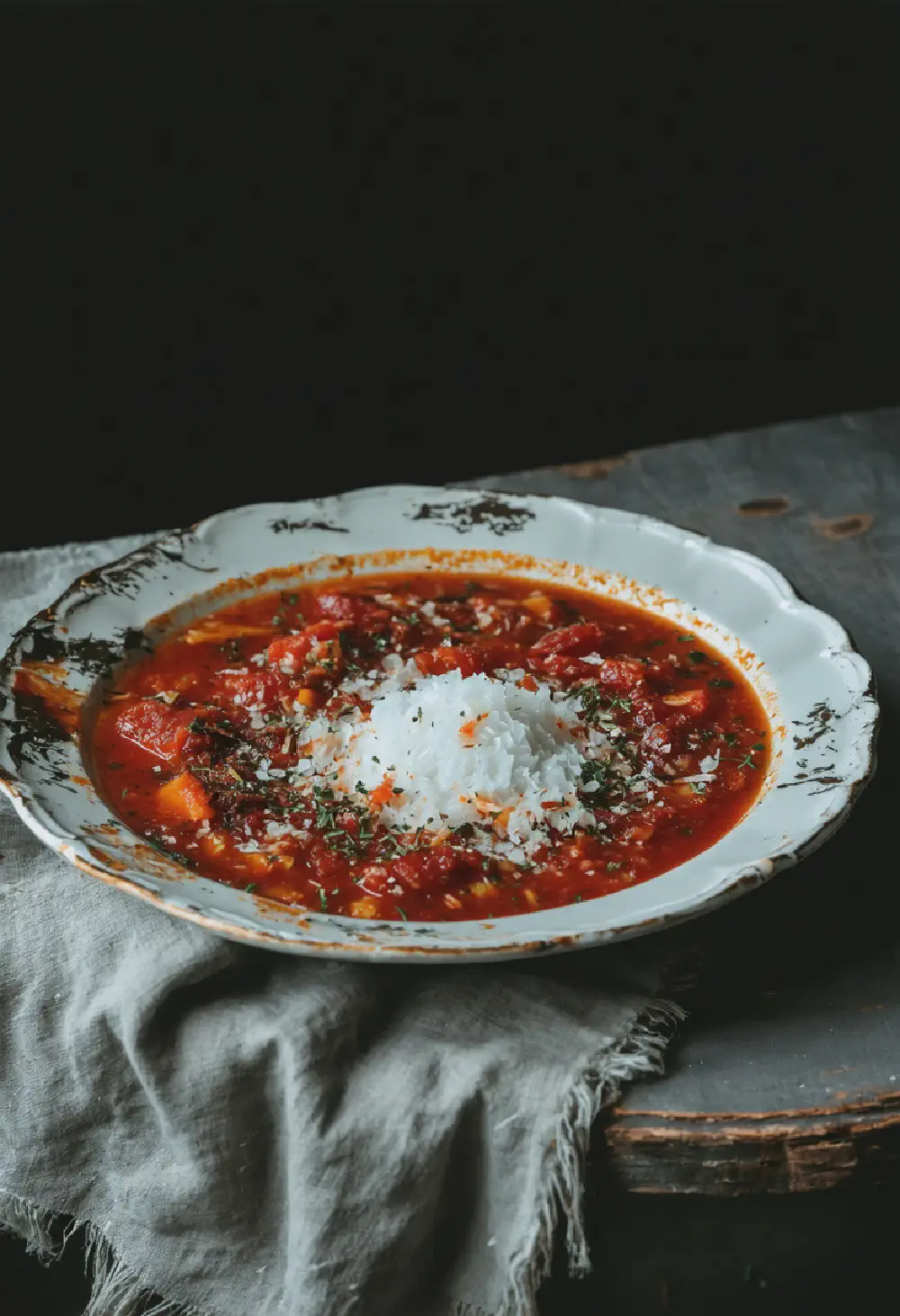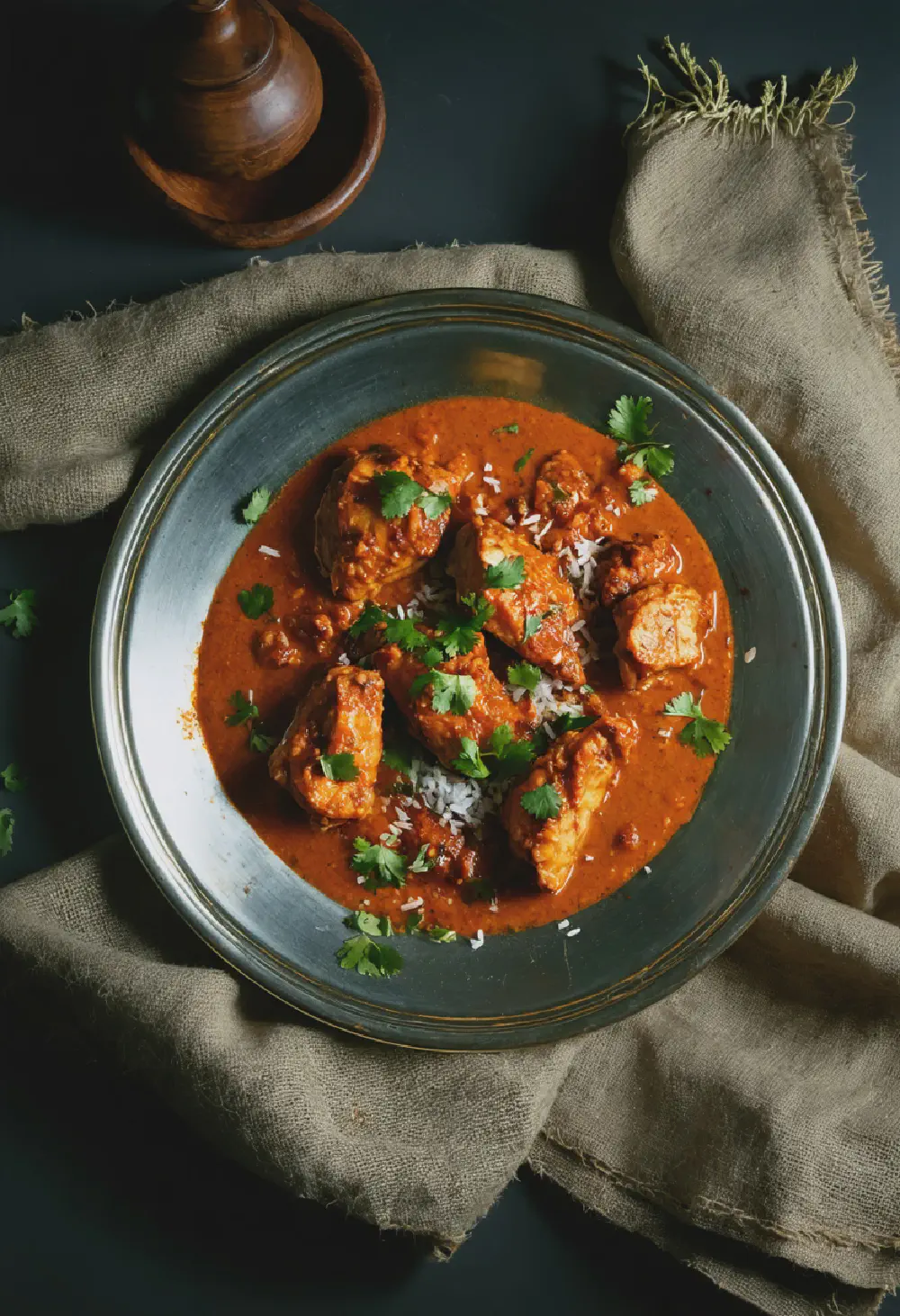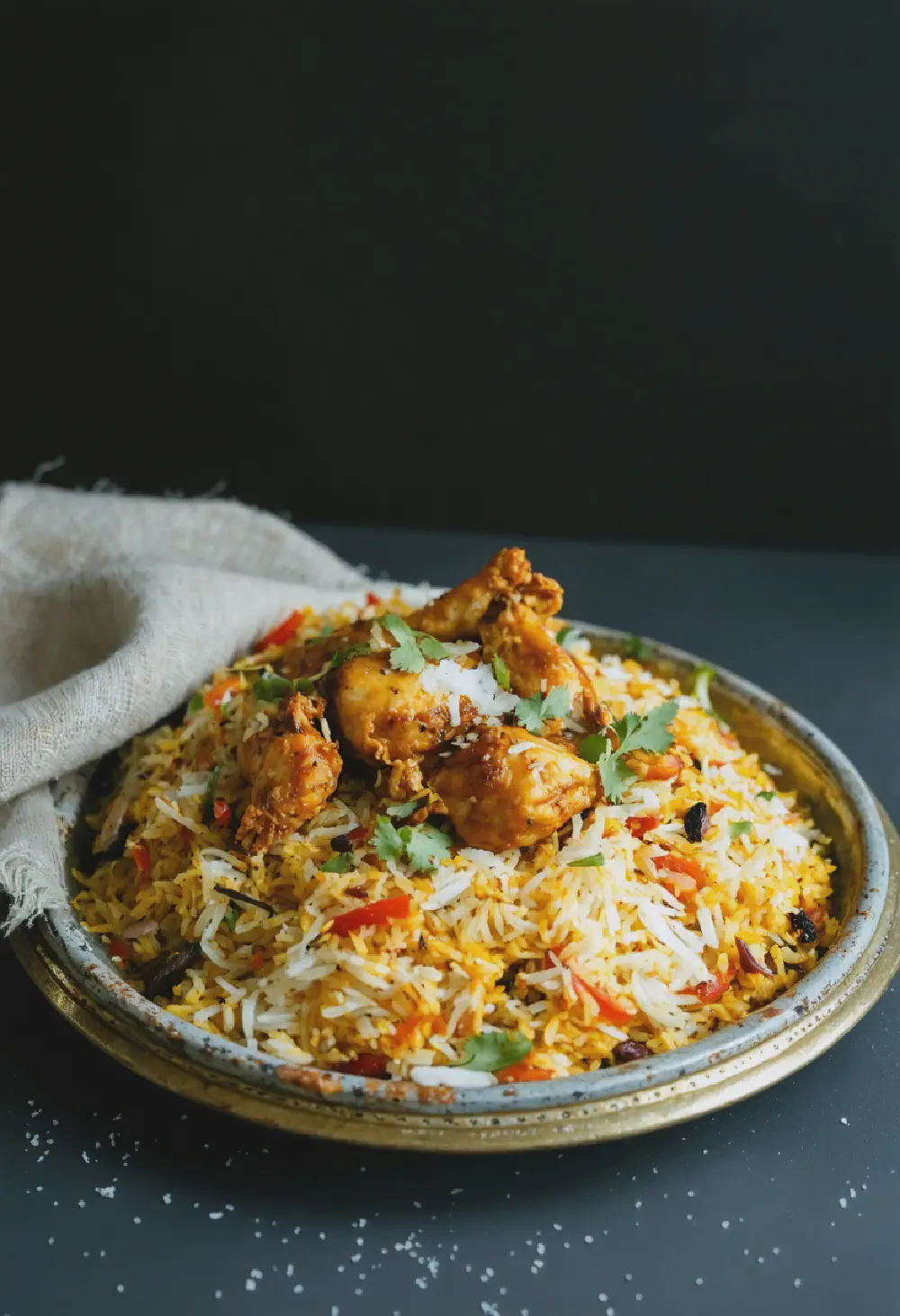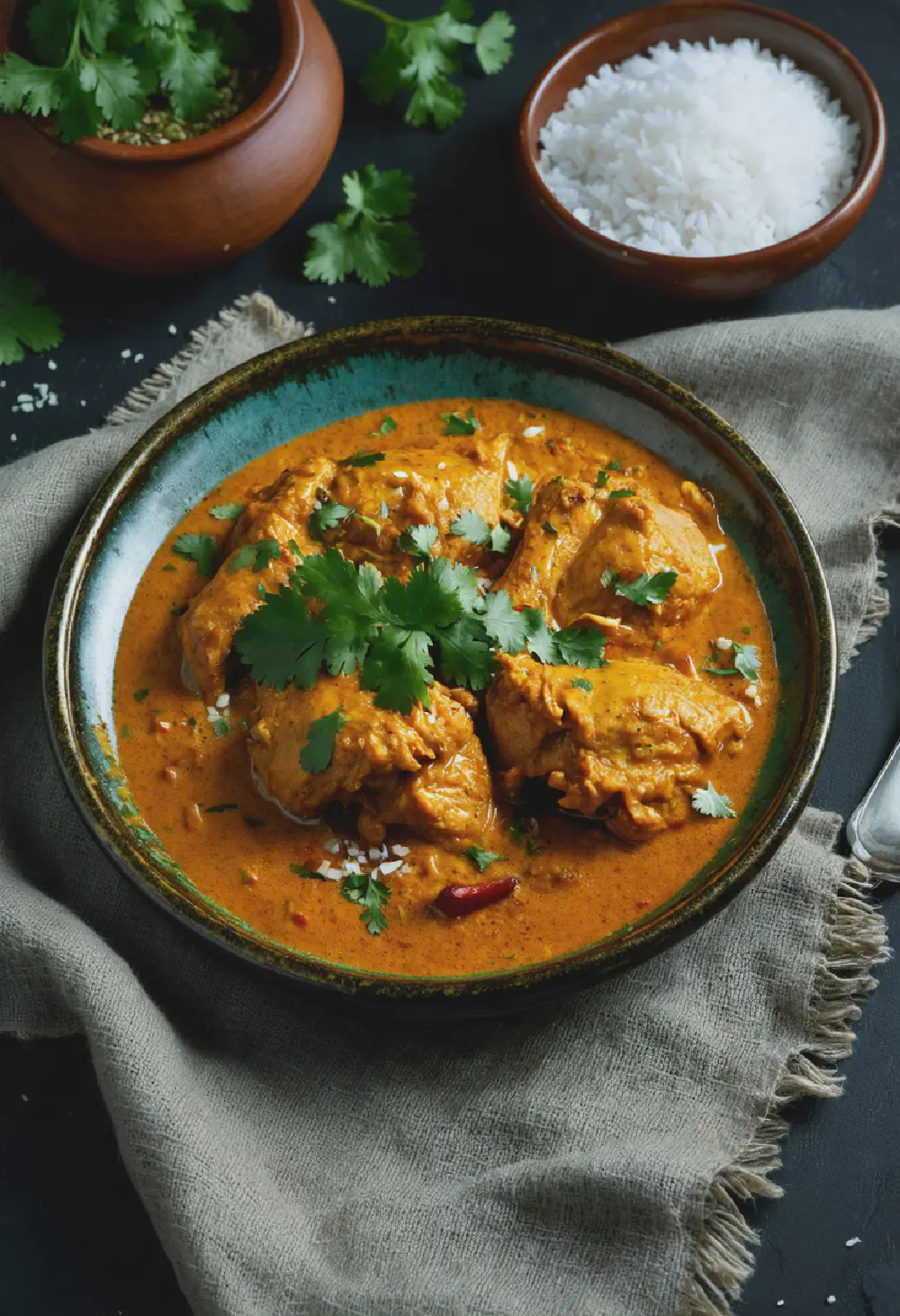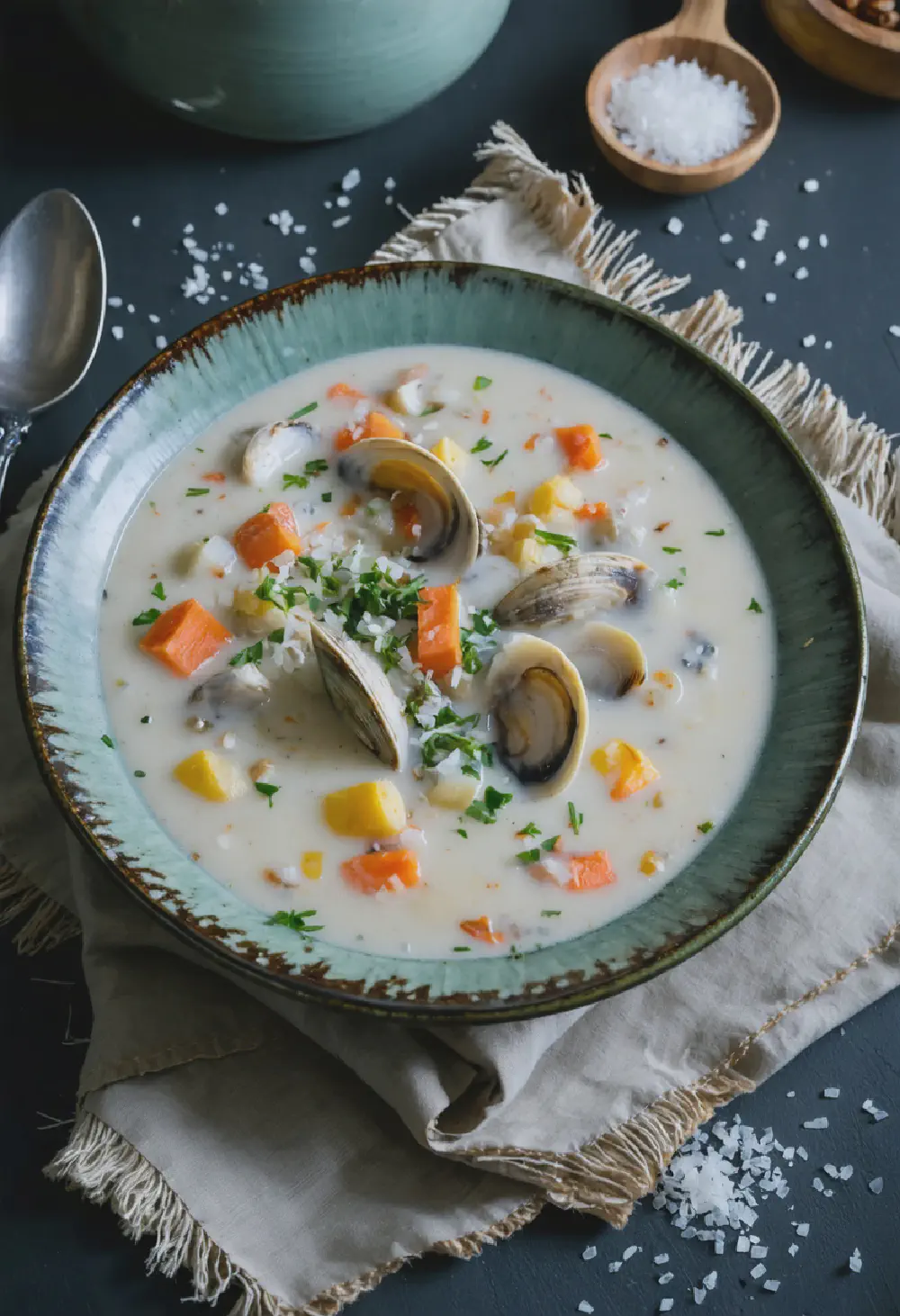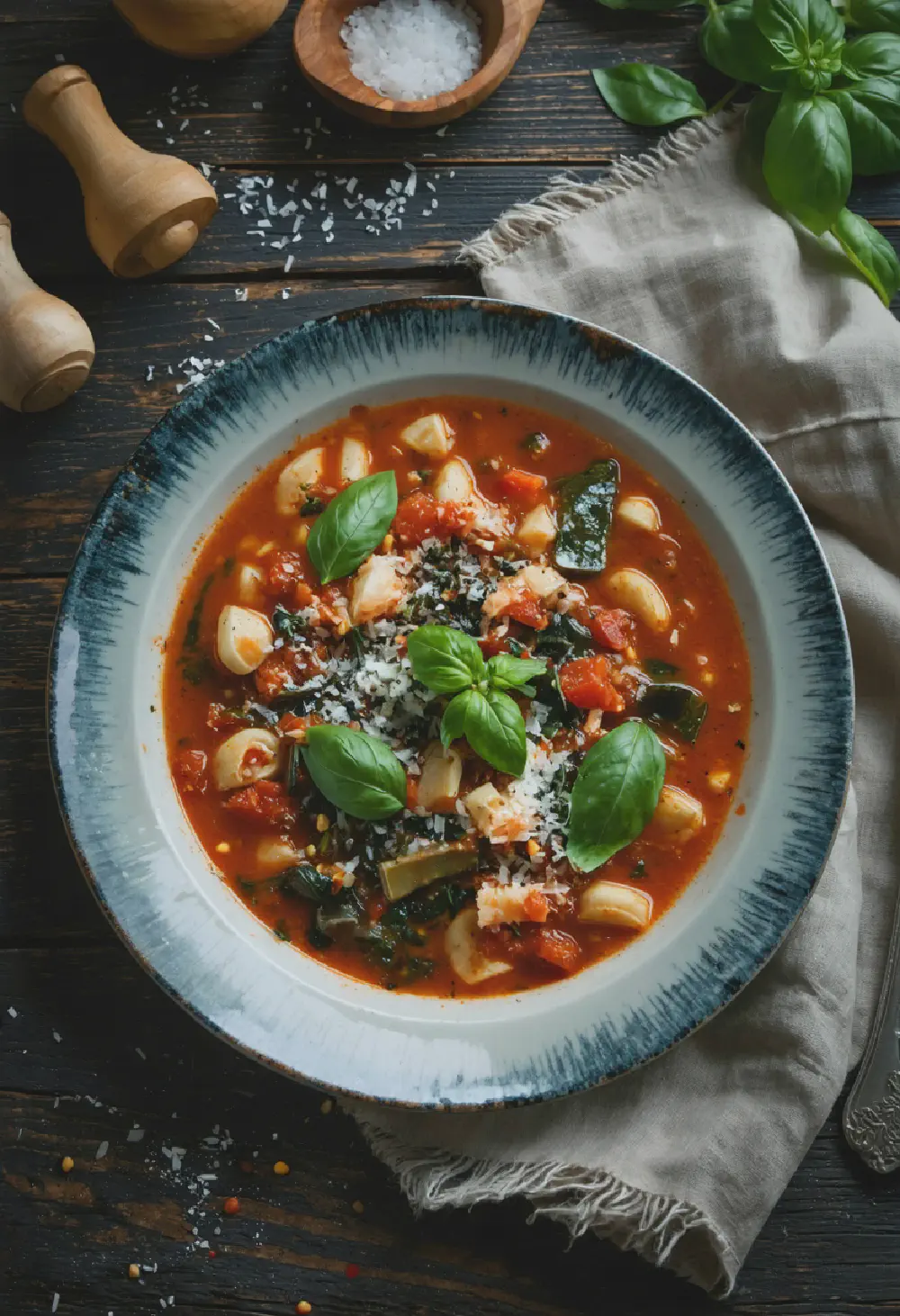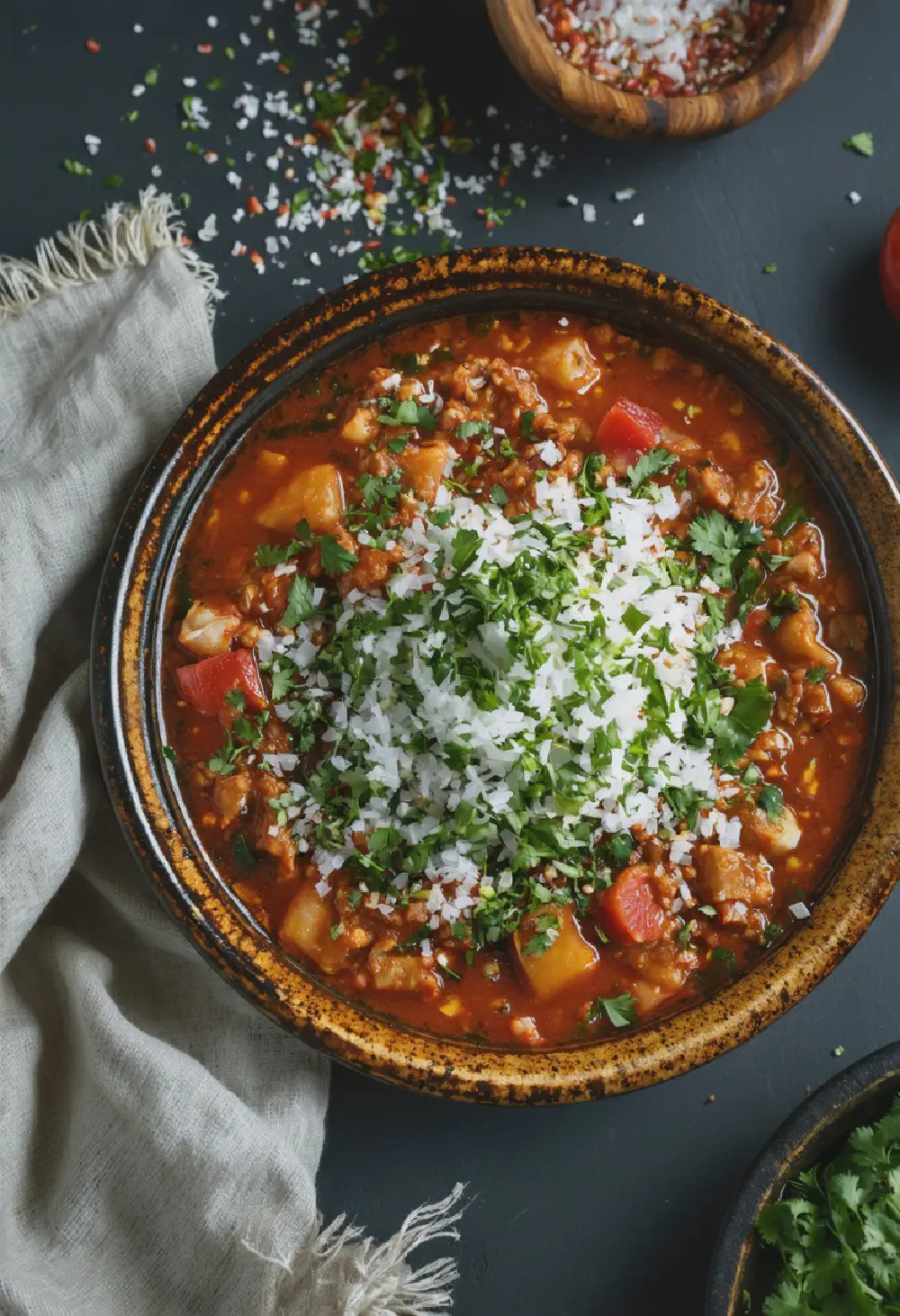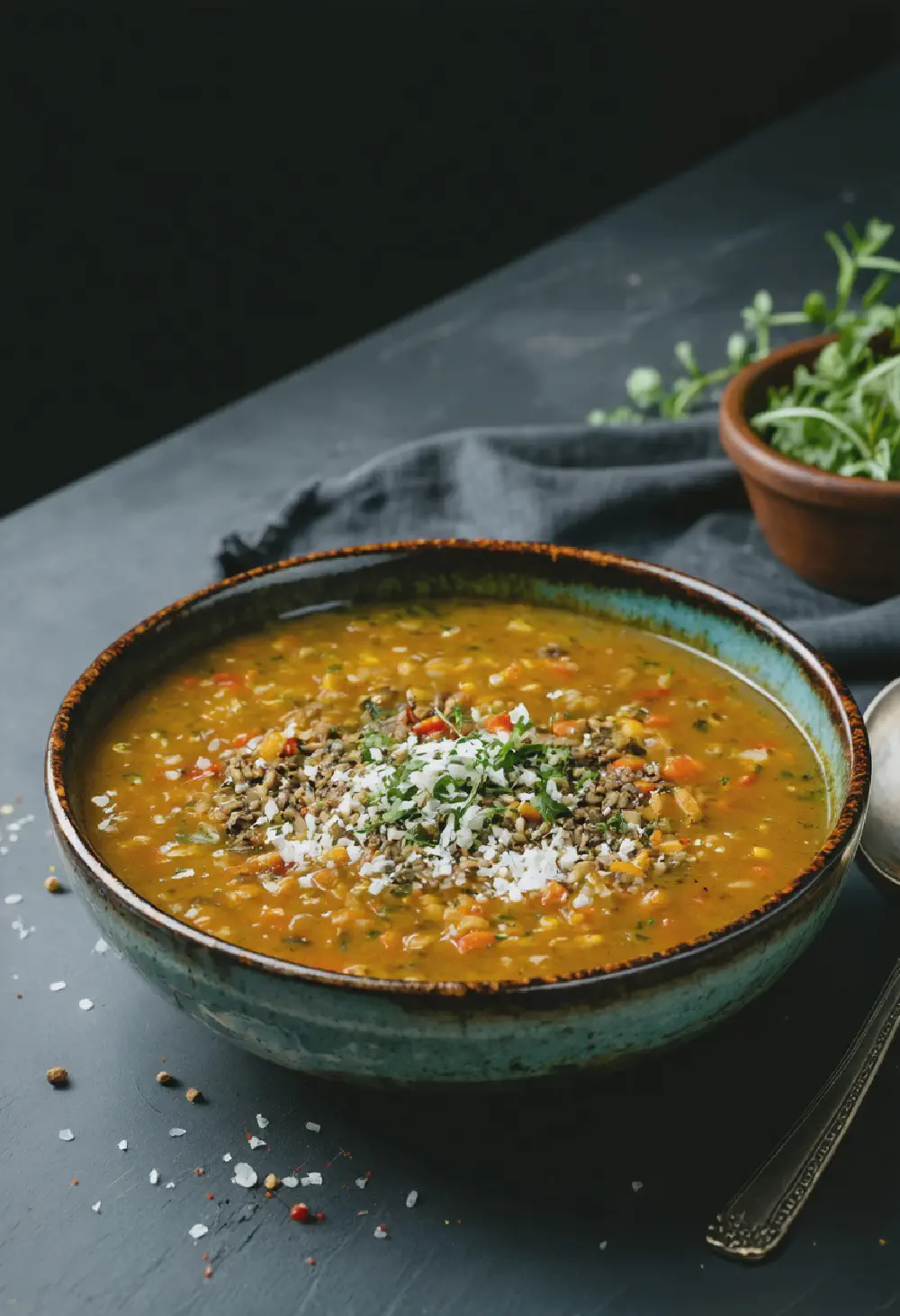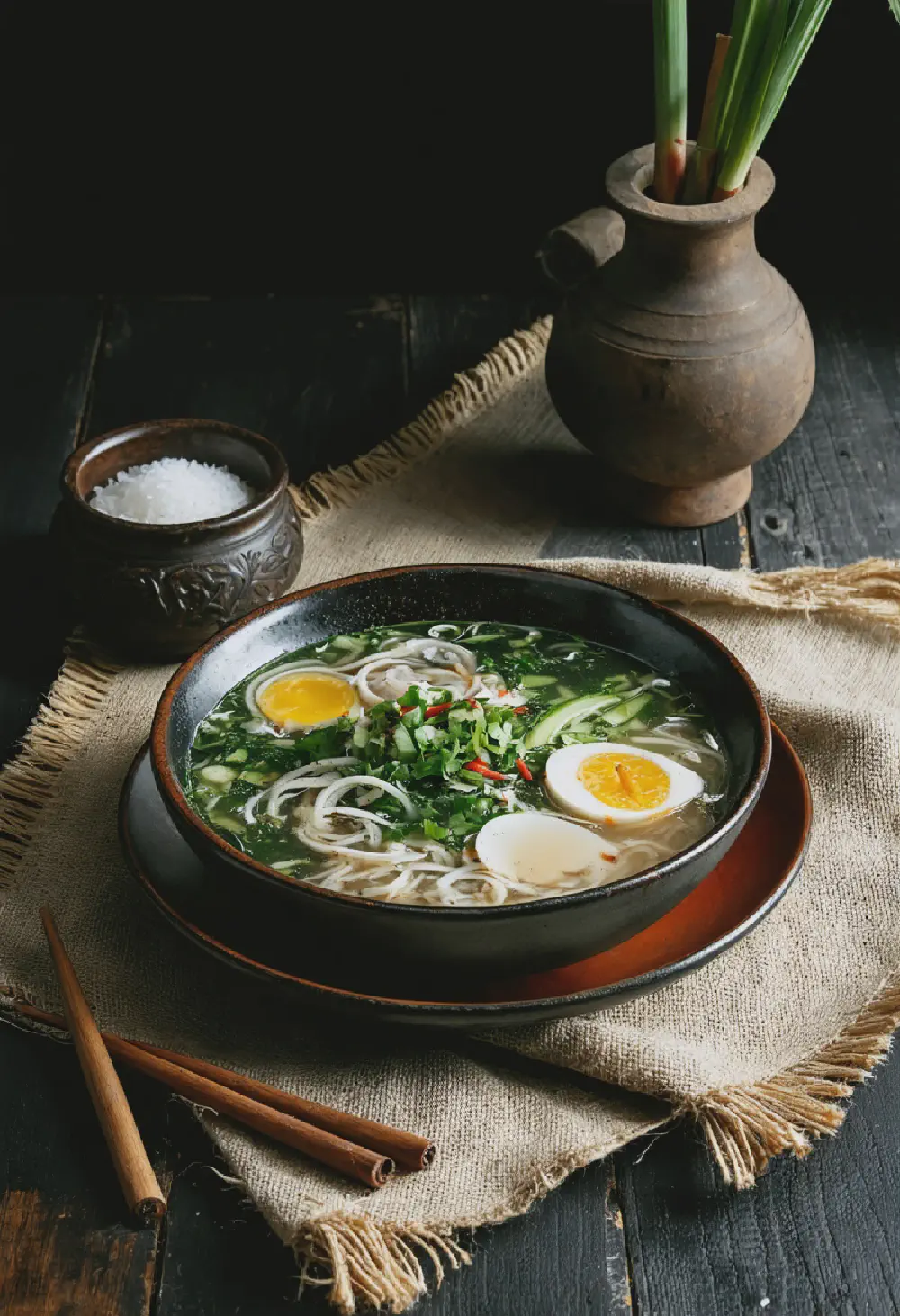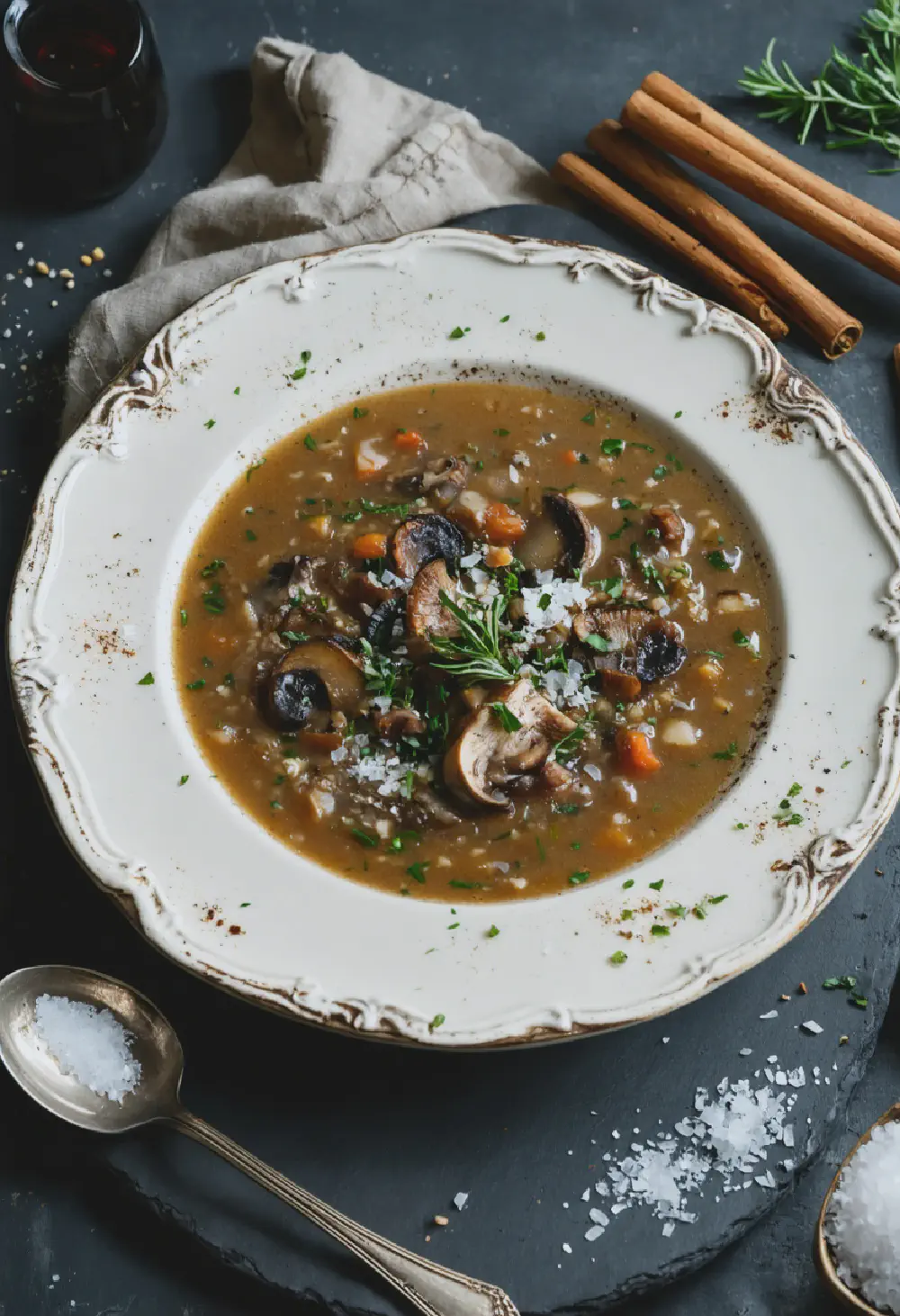Authentic Indian Mulligatawny Soup
20M
1H and 5M
- Makes 6
- 2 tablespoons vegetable oil
- 1 large onion, chopped
- 2 cloves garlic, minced
- 1 tablespoon fresh ginger, grated
- 1 teaspoon ground cumin
- 1 teaspoon ground coriander
- 1 teaspoon turmeric
- 1/2 teaspoon ground cinnamon
- 1/2 teaspoon cayenne pepper (adjust to taste)
- 1 cup red lentils, rinsed
- 1 large carrot, diced
- 1 large potato, diced
- 1 apple, peeled and diced
- 6 cups vegetable or chicken broth
- 1 can (14 oz) coconut milk
- 1 tablespoon lemon juice
- Salt and pepper to taste
- Fresh cilantro, chopped (for garnish)
- Heat the oil in a large pot over medium heat. Add the onion and cook until softened, about 5 minutes.
- Add the garlic and ginger, and cook for another minute until fragrant.
- Stir in the cumin, coriander, turmeric, cinnamon, and cayenne pepper. Cook for 1-2 minutes to toast the spices.
- Add the lentils, carrot, potato, and apple to the pot. Stir to coat with the spices.
- Pour in the broth and bring the mixture to a boil. Reduce heat to low, cover, and simmer for about 30 minutes, or until the lentils and vegetables are tender.
- Stir in the coconut milk and lemon juice. Simmer for another 10 minutes.
- Season with salt and pepper to taste. If you prefer a smoother soup, use an immersion blender to partially blend the soup, leaving some chunks for texture.
- Serve hot, garnished with fresh cilantro.
Authentic Indian Mulligatawny Soup: A Hearty Delight
History
The origins of Authentic Indian Mulligatawny Soup trace back to the early 18th century, during the British colonial period in India. The name “Mulligatawny” is derived from the Tamil words “milagu” (pepper) and “tanni” (water), reflecting its initial simple composition. Originally, it was a thin, peppery broth, but as it traveled through the kitchens of British expatriates, it evolved into a richer, more complex dish. The addition of ingredients like lentils, vegetables, and sometimes meat transformed it into the hearty soup we recognize today. This evolution showcases the fascinating journey of a dish that has become a beloved staple in Indian cuisine.
Taste Profile
Authentic Indian Mulligatawny Soup is renowned for its robust and layered flavor profile. The soup typically starts with a base of aromatic spices such as cumin, coriander, and turmeric, which provide a warm, earthy foundation. The addition of ingredients like ginger and garlic adds a sharp, pungent note, while the inclusion of coconut milk or cream lends a subtle sweetness and richness. Depending on the recipe, you might find chunks of tender chicken or lamb, along with vegetables like carrots, potatoes, and apples, which contribute to its hearty texture and slightly sweet undertones. The result is a harmonious blend of spicy, sweet, and savory flavors, making it a perfect comfort food for chilly days.
Cultural Significance
Within Indian cuisine, Authentic Indian Mulligatawny Soup holds a special place due to its unique blend of traditional Indian spices and colonial influences. It is a testament to the adaptability and creativity of Indian cooking, reflecting the country’s rich history of cultural exchange. Often served in Indian restaurants worldwide, Mulligatawny soup bridges the gap between traditional Indian flavors and international palates. It is commonly enjoyed as a starter in multi-course meals, setting the stage for the rich and diverse flavors that follow. Its presence on menus not only highlights the diversity of Indian cuisine but also celebrates the historical culinary fusion that has shaped many beloved dishes.
By exploring the history, taste profile, and cultural significance of Authentic Indian Mulligatawny Soup, one can appreciate the depth and richness this dish brings to Indian cuisine. Whether you’re a seasoned foodie or a curious newcomer, this soup offers a delicious journey through the flavors and stories of India.

